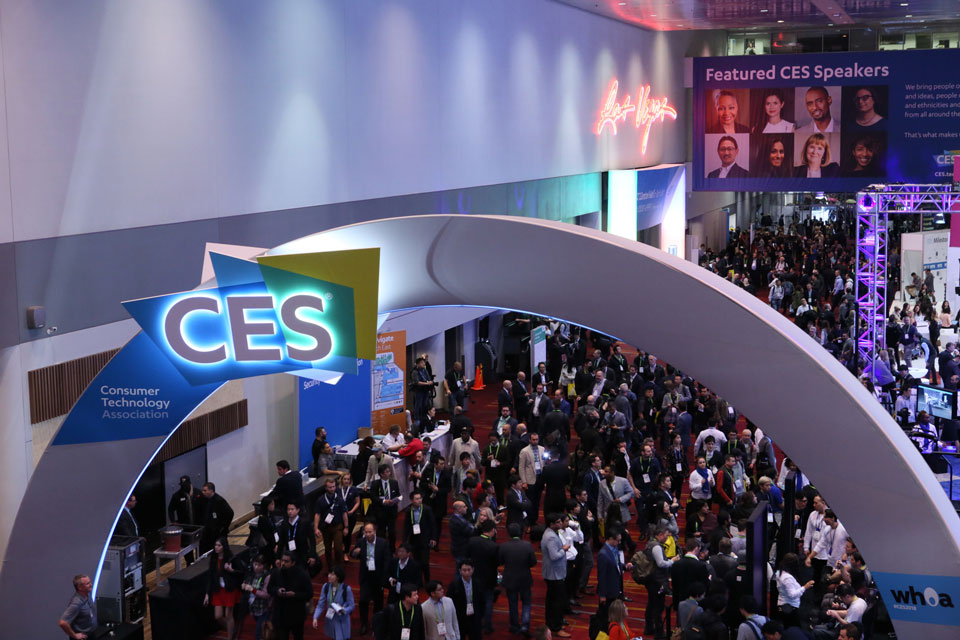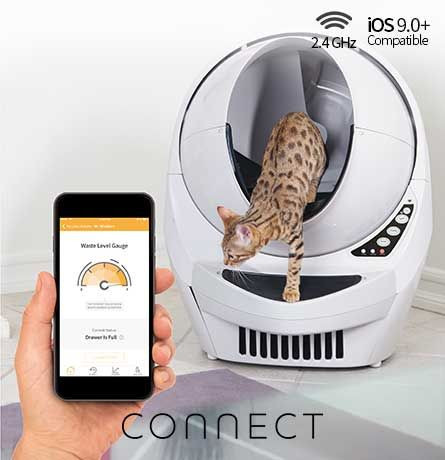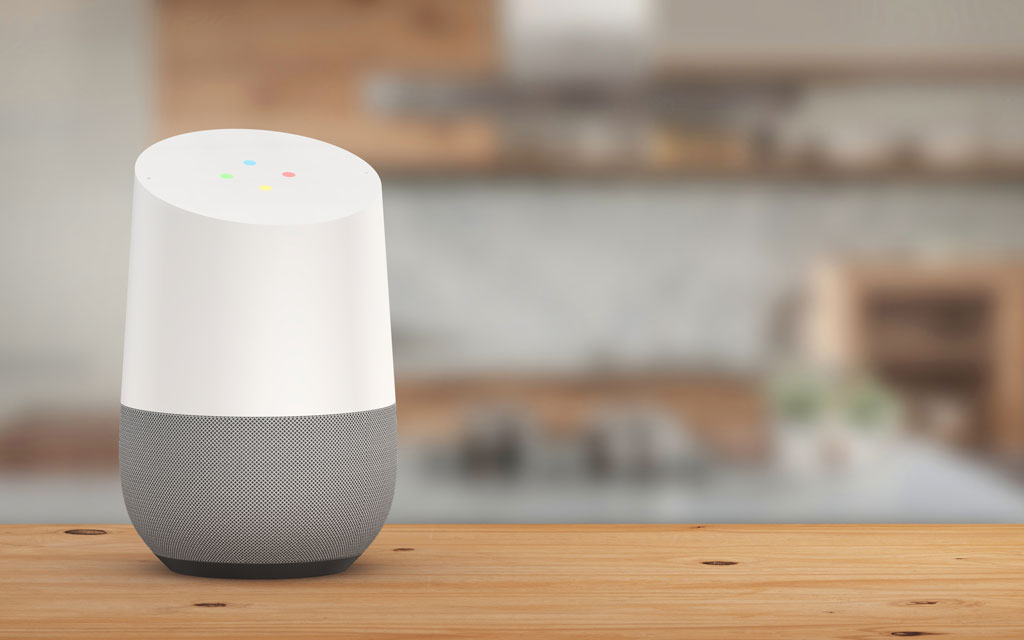The Internet of Things (IoT) was front and center at the Sands Convention Center at CES 2018. Based on the dedicated floor space, IoT was one of the most represented technology areas at the show. To be clear, many items exhibited were little more than simple devices with wireless connectivity. The lamps, light fixtures, security cameras, locks, and other home security devices shown, were too numerous to count.
A very popular feature for these devices was integration with Amazon Alexa and/or Google Home. While present, connection with Apple Homekit and Siri was not touted as widely.
Pets were not left out of the move to integrate more technology in our lives. PetWalk exhibited an IoT smart pet door so that Fido can let himself out. Of course, a mobile app is available to let you configure, control, and monitor what’s going on with the door. The aptly named Litter Robot sifts your kitty’s litter for you, and lets you know when it’s time to dump the box.
An interesting and understated series of products were exhibited by Koehler. From a touchless operated kitchen sink faucet with a volume dispense mode (think: I need 2 cups of water, and that is exactly what it gives you), to a bathtub that you can tell to fill remotely, to a commode with a heated seat, nightlight, and even music, to name a few.
THE IOT HOME ECOSYSTEM
Many of the smaller players look to the big companies such as Google and Amazon to support the integration of disparate devices into a usable system. Using the open API’s of these systems, device capabilities are exposed to the voice control interface that they provide. This is a great start to leveling the playing field for inventive devices.
Bigger players such as Honeywell had large pavilions showing off a full ecosystem of IoT devices for the home, Honeywell was not alone in this approach. The number of players trying to be a one-stop shop was evidence of the current fragmentation in this market segment. A concern about these types of systems is vendor lock-in. If one is going to make a significant investment to fully update their home with IoT devices, it would nice to have some assurance that the latest widget can be added down the road. That sort of issue is being attacked by the CES exhibitor Open Connectivity Foundation. They’re seeking to create standards to allow interoperability between devices. Their standards cover a range of connected devices, handling all the major wireless protocols such as WiFi, Bluetooth, BLE, Zigbee, and Thread. They use lower level standards to offer higher-level services such as device discovery, resource management, and security. And, luckily some of the major players like Honeywell and LG have already joined the foundation, with Samsung expected to join soon.
THE POWER OF IOT
$16,000 for a laundry folding machine? I think it may be worth it! Partially because I hate doing laundry as teenage kids really churn through clothes. Both Foldimate and Laundroid have developed machines that fold laundry for you. However, there are many differences between them. The one relevant difference for this discussion is the IoT capabilities of the Laundroid that seem to be missing in the Foldimate.
In addition to connectivity, Laundroid has a machine vision system. This combination is extremely powerful. Like iTunes’ capability to catalog your music and find other artists that may be of interest to you, the Laundroid sees your clothing, and can thus catalog that. It knows how often you wear clothing items (assuming you regularly wash them) and can let you know which items in your closet are underutilized.
The Laundroid ecosystem extends this capability much like online music services. Using their “clothing concierge” they can help you pick out outfits from your closet based on the color you want to wear that day. In Japan, they’ve partnered with a clothing rental company that will let you extend your wardrobe by renting items that will work with things you already own. By cleverly leveraging the data needed by the machine to fold your clothes, this IoT device provides other benefits to the customer, as well as potential revenue streams to the manufacturer. This sort of extension is an excellent example of the leverage offered by IoT devices.
For more on that, see my blog about “What is a Robot?”.
INTERNET OF ACTIVE THINGS
The Laundroid demonstrates how we’re moving from passive internet enabled devices such as sensors and displays, to devices that can actively participate in our lives. As Simplexity’s CEO Dorota Shortell put it, “The true innovation is happening with other connected devices that are doing active things.”
I had a great conversation with Nidec, a leading manufacturer of small electric motors used in all sorts of devices. They explained how Nidec sees great opportunity for their motors in IoT, as more active devices proliferate. Working for a company that specializes in designing exactly these sorts of active devices, I’m excited to see how IoT helps move mechatronic and robotic devices even more into the mainstream.



